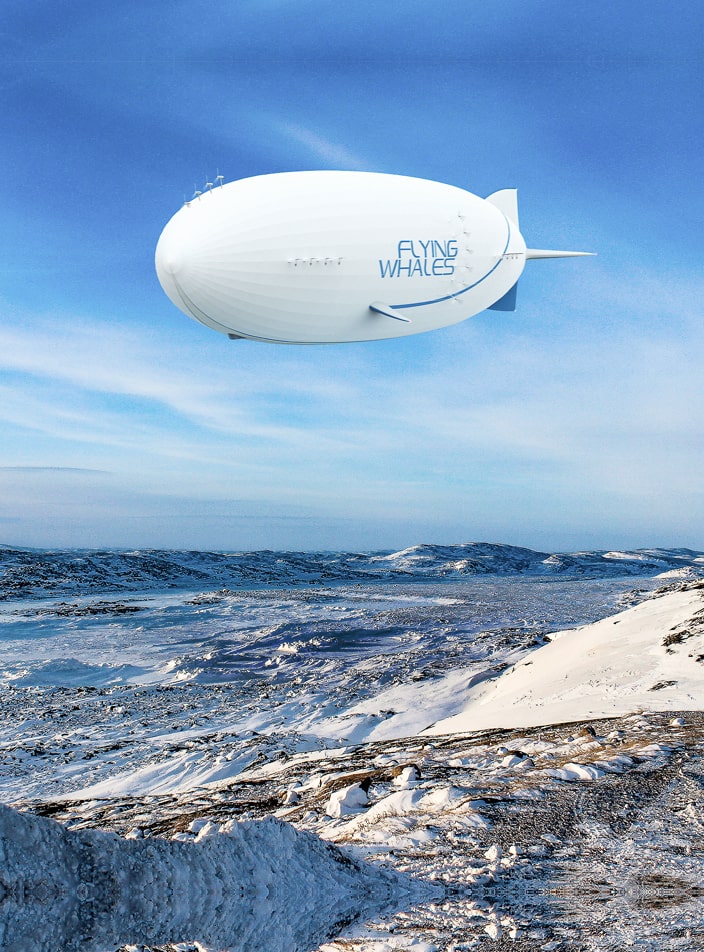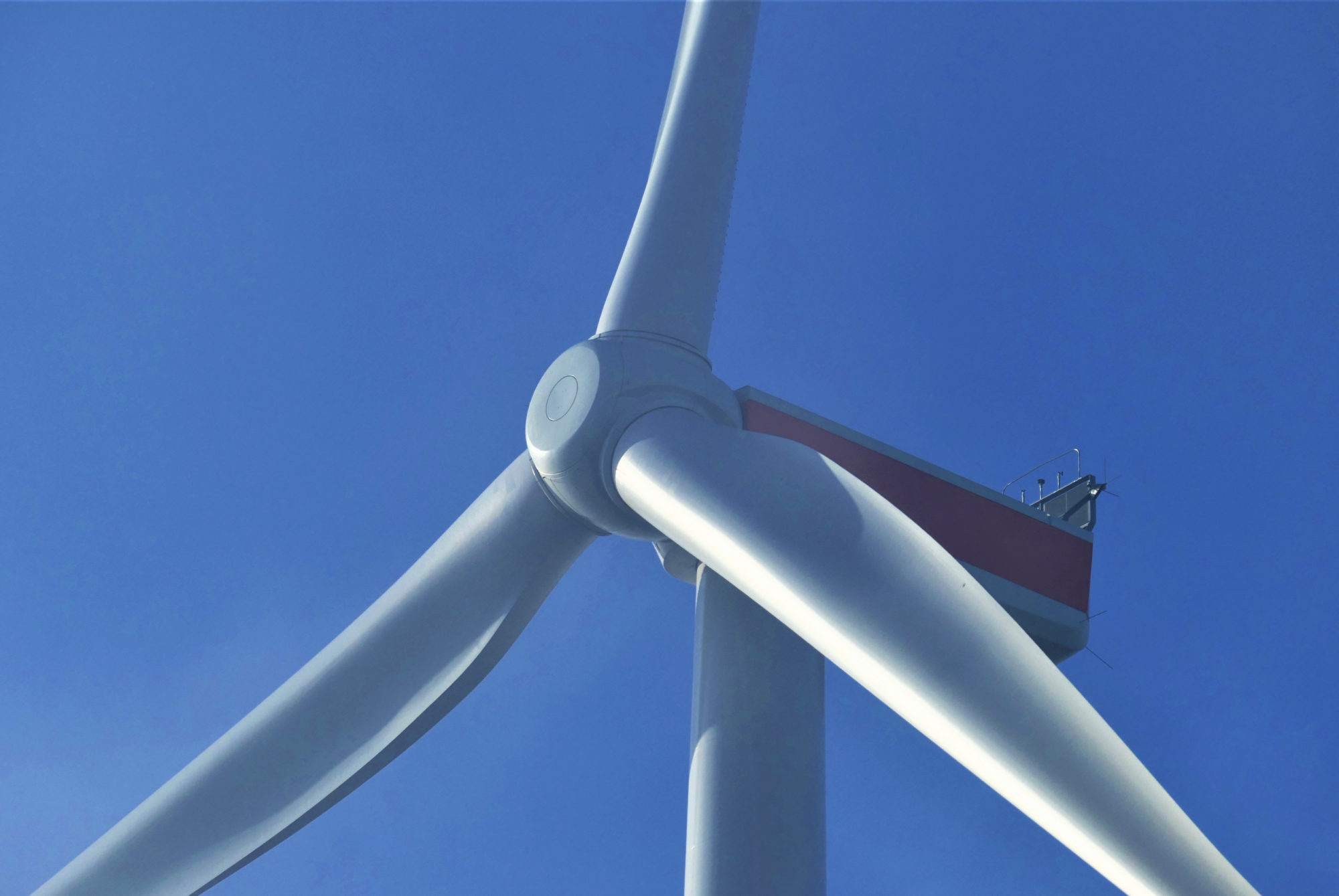- Préparation
- Take-off
A response to the ecological
challenge of the century
A response to the ecological
challenge of the century


Several sources of
impact reduction
Several sources of
impact reduction
The first quality of this solution is that it is based on an aircraft that is lighter than air, thanks to helium, its carrier gas. This characteristic allows it to free itself from gravity without having to resort to intense energy consumption. This distinguishes it from aeroplanes or helicopters.
In addition, its propulsion system is designed to be 100% electric as soon as possible. Its architecture, initially hybrid-electric to obtain its EASA certification, will allow the thermal energy generation brick to be easily replaced by hydrogen fuel cells (by 2030). This is what we are working on with our industrial and scientific partners.

Finally, thanks to its winch system integrated into the cargo compartment and a propulsion system that guarantees high precision, the LCA60T will be able to load and unload up to 60 tonnes of cargo in hovering flight, without the need to land. The impact of this solution on the environment and local biodiversity is therefore reduced.
Life Cycle Assessment
of FLYING WHALES
Life Cycle Assessment
of FLYING WHALES
Display the different steps by moving the cursor around the circle
Raw material extraction
Raw material processing
Transport to the sites
Assembly at FLYING WHALES sites
Use of the LCA60T
End of life recycling
Our environmental approach
Our environmental approach
Towards an eco-designed aircraft
Our approach is largely based on measuring our impact through an analysis of the life cycle of the solution we build. Our objective is to create the most virtuous aircraft possible through an eco-design approach. We are therefore working to continually reduce the environmental footprint of our airships, from their birth, at the beginning of the supply chain, through flight operations, to their end of life.
A carbon footprint integrating the 3 scopes
Our corporate strategy to fight climate change is based on the realization of a Carbon Footprint integrating Scope 1, 2 and 3 and updated on a recurring basis, according to the GHG protocol methodology (GreenHouse Gas protocol). The objective is to be able to decide at which level to act precisely to limit our impact as a company.
Raising Employee Awareness
Training all employees on climate change issues is an important step in our commitment to providing both individual and collective responses to these challenges. For example, each team member is trained in the “Climate Fresk”.
FLYING WHALES MAKES
A CONCRETE COMMITMENT
Many of the sectors
concerned
Many of the sectors
concerned
Wood

158
Identified need for LCA60T to mobilise renewable wood resources to accelerate supply to timber construction.
Power

40%
Installation of all wind energy in Europe by 2030 with the LCA60T. In line with MDG 7: Achieve universal access to renewable energy
Transport

40x moins
gCO2e/ton.km per LCA60T compared to a helicopter
